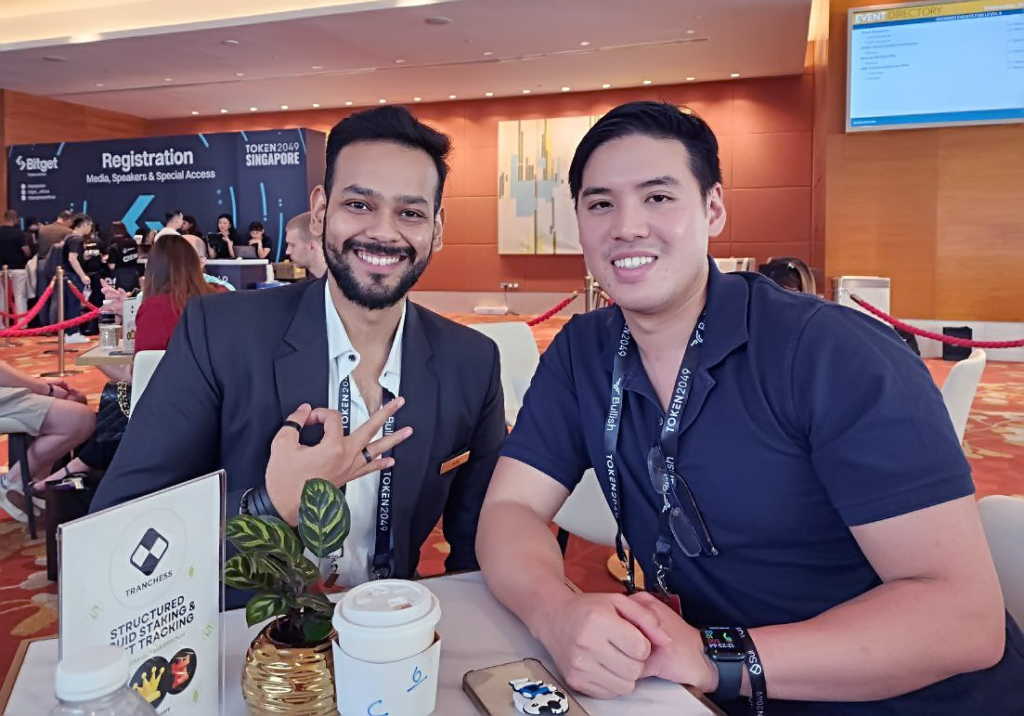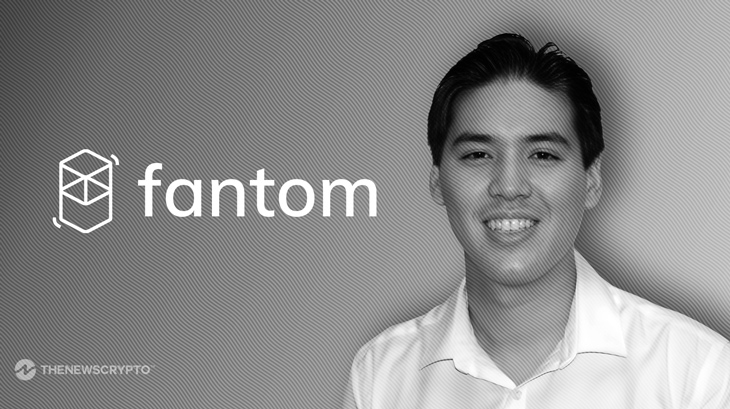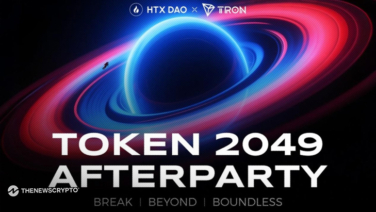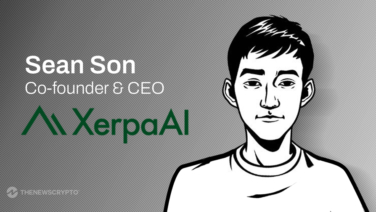The Layer 1 and Layer 2 populace are expanding with the foray of new chains that bring upgraded solutions to the blockchain ecosystem. Among them, DAG-based Fantom emerges as a competitive smart contract platform to Ethereum.
TheNewsCrypto had the exclusive opportunity to interview Michael Kong, the Chief Executive Officer (CEO) of Fantom Foundation at Token 2049 in Singapore. He unveiled the unique qualities that set Fantom apart in the dynamic and competitive blockchain arena. Kong highlights Fantom’s main focus to challenge the trends in the EVM and non-EVM ecosystem with new upgrades and revolutionize the GameFi landscape.

How does Fantom distinguish itself among layer 1 blockchains, especially in light of the rise of Layer 2 solutions?
Michael Kong (MK): Fantom is indeed a layer 1 blockchain, and what sets us apart is our commitment to not compromise security for performance. Many other layer 1 and layer 2 solutions opt for faster transaction times, higher throughput, and lower fees by sacrificing security. We, on the other hand, aim to strike a balance by minimizing the performance impact on security while maintaining a high degree of decentralization.
For example, some L1s create sub-chains, which can complicate development as they need to manage their own chain and security alongside their applications. Fantom simplifies this process, allowing developers to focus solely on building their applications while leveraging our ongoing technology advancements to make the chain faster.
Are you claiming that Fantom is more scalable than other blockchains, and are you EVM-compatible or planning to become EVM-compatible?
MK: Yes, Fantom is Ethereum Virtual Machine (EVM)-compatible. This means that the process of writing and deploying smart contracts on Fantom is similar to Ethereum, using familiar smart contract languages like Solidity or Viper. While we maintain EVM compatibility, we are also developing our own smart contract technology stack to offer substantial scalability benefits on the Fantom network.
Developers will continue to deploy contracts in a similar way to Ethereum but with commands tailored to Fantom. Our optimizations in the smart contract stack make processing faster and significantly reduce on-chain storage requirements, by over 90%.
Could you explain the key differences between an EVM and a Layer 2 solution, considering that both rely on Ethereum as a base?
MK: Layer 2 solutions and EVM-compatible chains often use the Ethereum Virtual Machine. The primary distinction is that Layer 2 solutions connect to Ethereum via bridges or roll-ups, enabling asset movement between the two networks. However, both EVM chains and Layer 2s operate independently as their own chains, confirming transactions and managing data.
When using a Layer 2, you’re not fully relying on Ethereum’s security properties but rather on the security of the Layer 2 itself. This means that while an L2 interacts with Ethereum, it has its own security measures and orderings for transactions, differentiating it from the Ethereum base layer.
Is it accurate to say that Layer 2s rely on the security aspect of Layer 1 while providing scalability?
MK: Layer 2s don’t entirely rely on Layer 1 for security. They submit batches of transactions to Layer 1, and while Layer 1 provides some security to these batches, the ordering and security within those batches are determined by Layer 2 itself. In essence, the security and transaction orderings primarily come from Layer 2, not Layer 1.
Many projects focus on specific niches like NFTs or gaming in the rapidly evolving blockchain landscape. What is Fantom’s main focus?
MK: Fantom is a generalized smart contract platform that can be applied to various use cases. While it has gained recognition in the DeFi space, it is versatile and suitable for applications beyond DeFi. Gaming is one area where Fantom has shown promise. For instance, a recent game called EstforKingdom on Fantom has quickly become a top 10 game, emphasizing the platform’s potential in gaming. Fantom aims to cater to a wide range of applications, making it adaptable to evolving trends.
How do you see the evolution of blockchain gaming, particularly in terms of integrating with traditional gaming, with an emphasis on improved user interaction and appeal over earnings?
MK: Absolutely! Blockchain gaming is evolving towards greater user interaction and enjoyment, moving away from a sole focus on earnings. The power of blockchain gaming lies in users having true ownership of in-game assets and NFTs. Unlike centralized games, where a third party can censor or take away your assets, blockchain-based games offer peer-to-peer interactions governed by transparent smart contracts. This fosters a sense of ownership, freedom, and interoperability, which is the future of gaming.
From a developer and creator perspective, what challenges and opportunities do blockchain NFTs bring, especially in terms of competition with cheaper alternatives?
MK: Blockchain NFTs offer unique advantages like true ownership, transparency, and interoperability. While anyone can create NFTs, the value of an NFT is determined by the market and its rarity. Traditional in-game items have also been sold for substantial amounts even before blockchain. The key lies in creating NFTs that offer usability and appeal to users. Some NFTs may be valuable due to their rarity, while others may serve as common assets. Ultimately, the market decides the value of these digital artifacts.
Interoperability seems to be a significant goal in the blockchain gaming space. How do you envision blockchain-based games achieving interoperability without compromising the uniqueness of their in-game assets?
MK: Achieving interoperability without compromising uniqueness is a challenge. However, blockchain NFT standards allow for interoperability without sacrificing uniqueness. Not all NFTs need to interact with every game or smart contract. Developers can design NFTs to have specific interactions with compatible smart contracts or games while maintaining their uniqueness. It’s about striking the right balance to ensure NFTs can be used across multiple games.
What are the future plans for Fantom and what should our readers be looking forward to?
MK: Fantom’s focus for the future includes rolling out our new smart contract technology to enhance scalability and performance. We have already achieved significant improvements in storage size and throughput on our mainnet. Our aim is to provide a highly scalable platform where popular applications, including games, can run smoothly without scalability issues. Users and developers can look forward to a more efficient and developer-friendly Fantom network in the coming months.
Disclaimer: The information provided in this interview article is for informational purposes only. It is not intended to be, nor should it be construed as, investment advice, financial guidance, or a recommendation to make any specific decisions. Readers are encouraged to conduct their own research.








